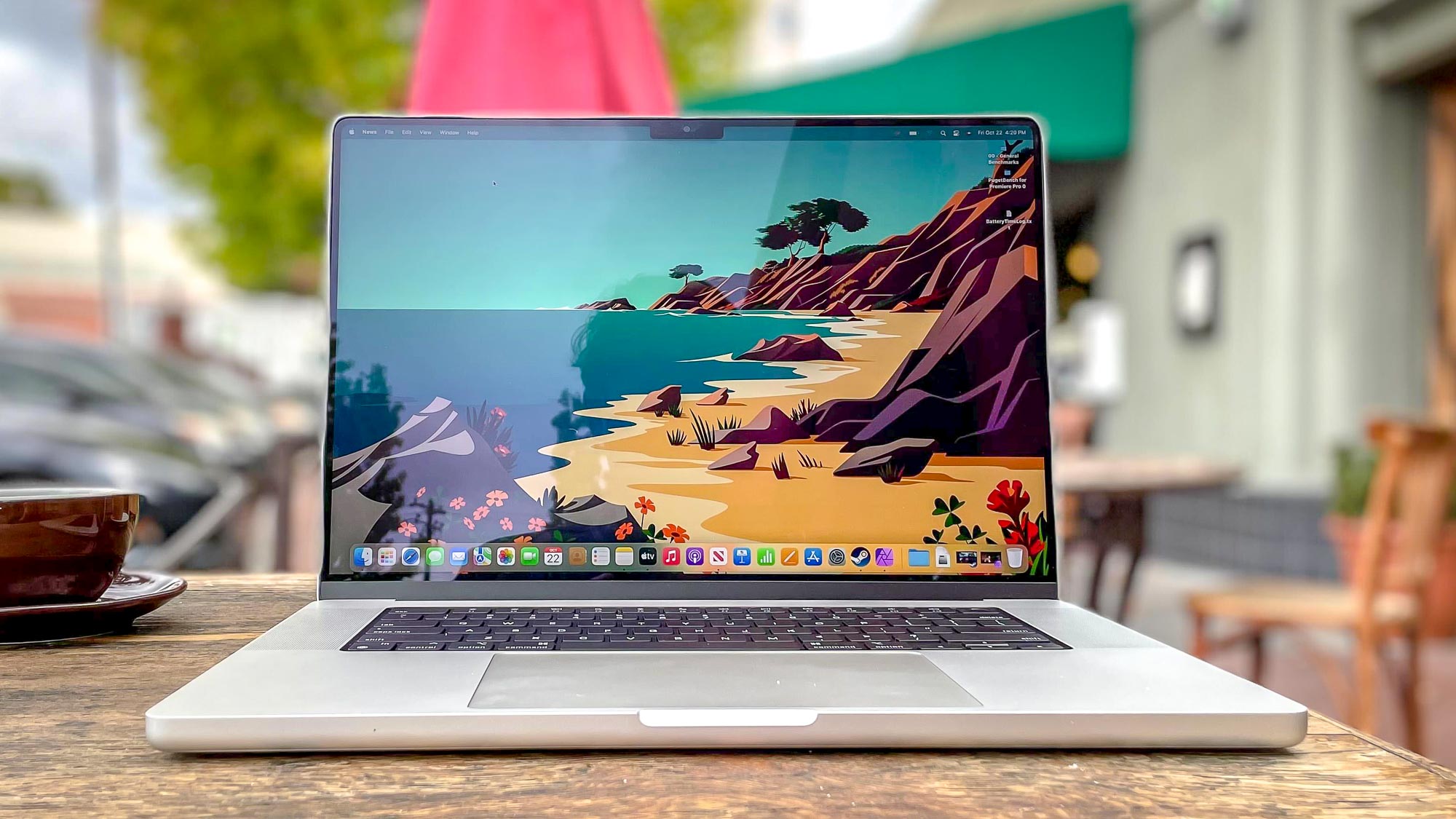Here’s How the Galaxy S10E Can Beat the iPhone XR at Its Own Game
With the iPhone XR, Apple built a cheaper iPhone that doesn't sacrifice much. Samsung should try to do the same with the Galaxy S10E.
Not content with offering just two models of its flagship smartphone, Samsung will reportedly come out with a third variation of the upcoming Galaxy S10, when the new handset is unveiled Feb. 20. That device, allegedly named the Galaxy S10E, will appear alongside the regular Galaxy S10 and the supersized Galaxy S10+.
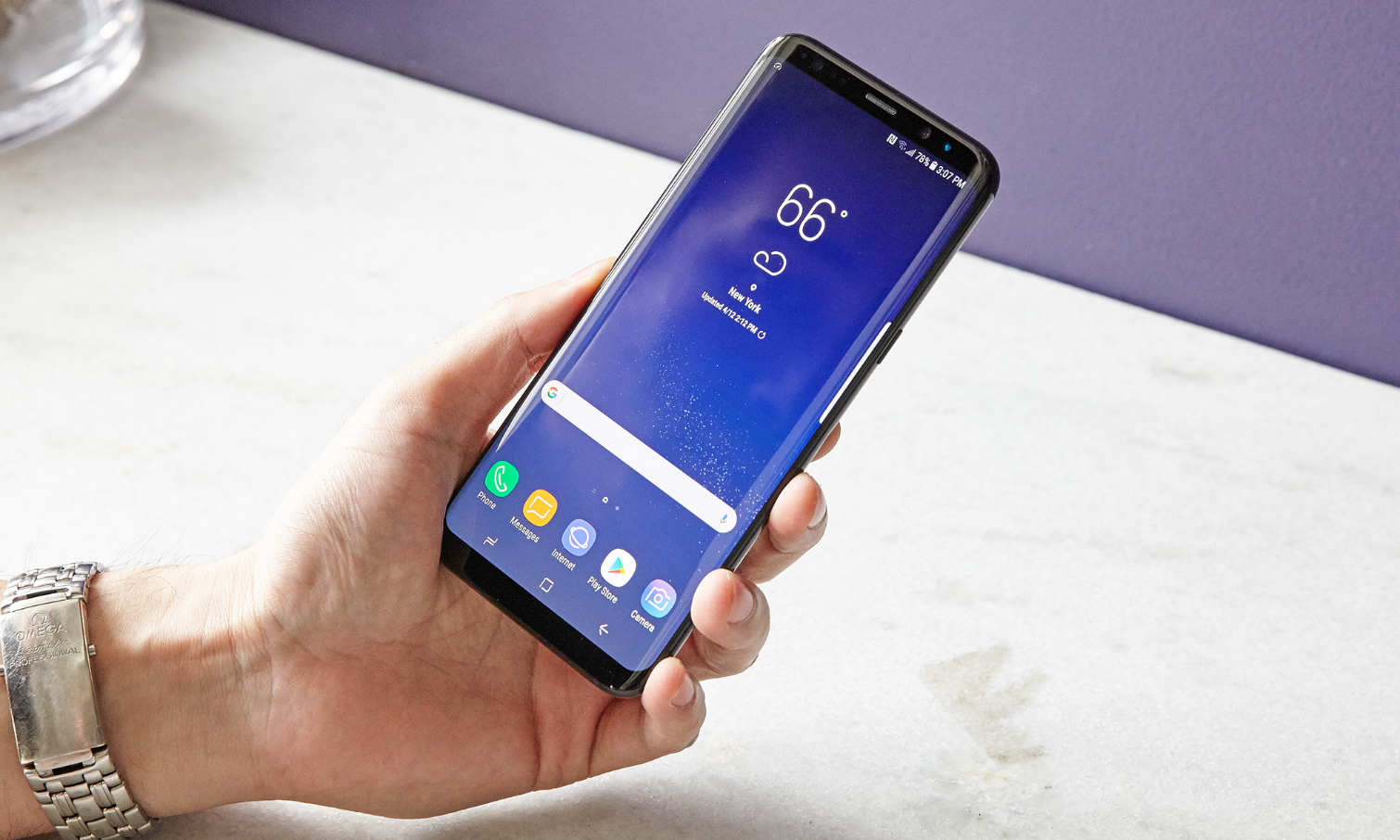
Does that approach sound familiar? It should to iPhone fans.
Apple took a similar tack with its 2018 iPhones, putting out the $749 iPhone XR alongside the $999 iPhone XS and the $1,099 iPhone XS Max. It's a strategy that hasn't worked out swimmingly for Apple, as its overall mobile sales were down by as much as $10 billion during the recent holiday quarter. However, Cupertino contends that the iPhone XR is a hit among the new roster, as it was Apple’s best-selling iPhone at the end of 2018.
We like the iPhone XR, with Tom's Guide Editor-In-Chief Mark Spoonauer calling it "the best iPhone for the money" in his review. And that got us thinking: if Samsung does, in fact, add an entry-level Galaxy S10E to the range, how could it learn from Apple's example? Here's what we think Samsung ought to do.
Get the Price Right
No surprise here — you can't have a good "cheap" smartphone without it being, well, cheap. The iPhone XR isn't by any means a budget device, but it manages to include many of the XS and XS Max's buzzworthy features, like Face ID and the blisteringly fast A12 Bionic processor, despite costing $250 less.

Thankfully, multiple rumors peg the S10E at about €749, which would likely to translate to $749 for stateside buyers. (Rather than do straight currency conversions, phone makers tend to adjust pricing for specific regions.) That’d be spot-on with the iPhone XR, as well as last year's Galaxy S9 and the S8 before it.
The S10 and S10+ would assuredly move upmarket to fight the pricier Apple handsets, approaching or perhaps even surpassing the $1,000 threshold. But with this strategy, Samsung would at least be able to ensure it's more cash-conscious consumers have a high-performance device to turn to.
Keep Those Killer Specs (Mostly)
Slashing a few hundred off the price of an expensive phone isn't difficult if you make a host of concessions. The tough part for Samsung will be to make the S10E almost as compelling as the S10 and S10+ in specs, while still offering a reasonable value proposition.
To that end, we hope — and expect — the S10E to incorporate Qualcomm’s brand-new Snapdragon 855 system-on-chip, just like its pricier siblings. At least 4GB of RAM is our prediction (though 6GB would be nice), alongside an edge-to-edge display and that love-it-or-hate-it hole-punch selfie camera. And Samsung better not skimp on the Galaxy S series' trademark gorgeous OLED displays.
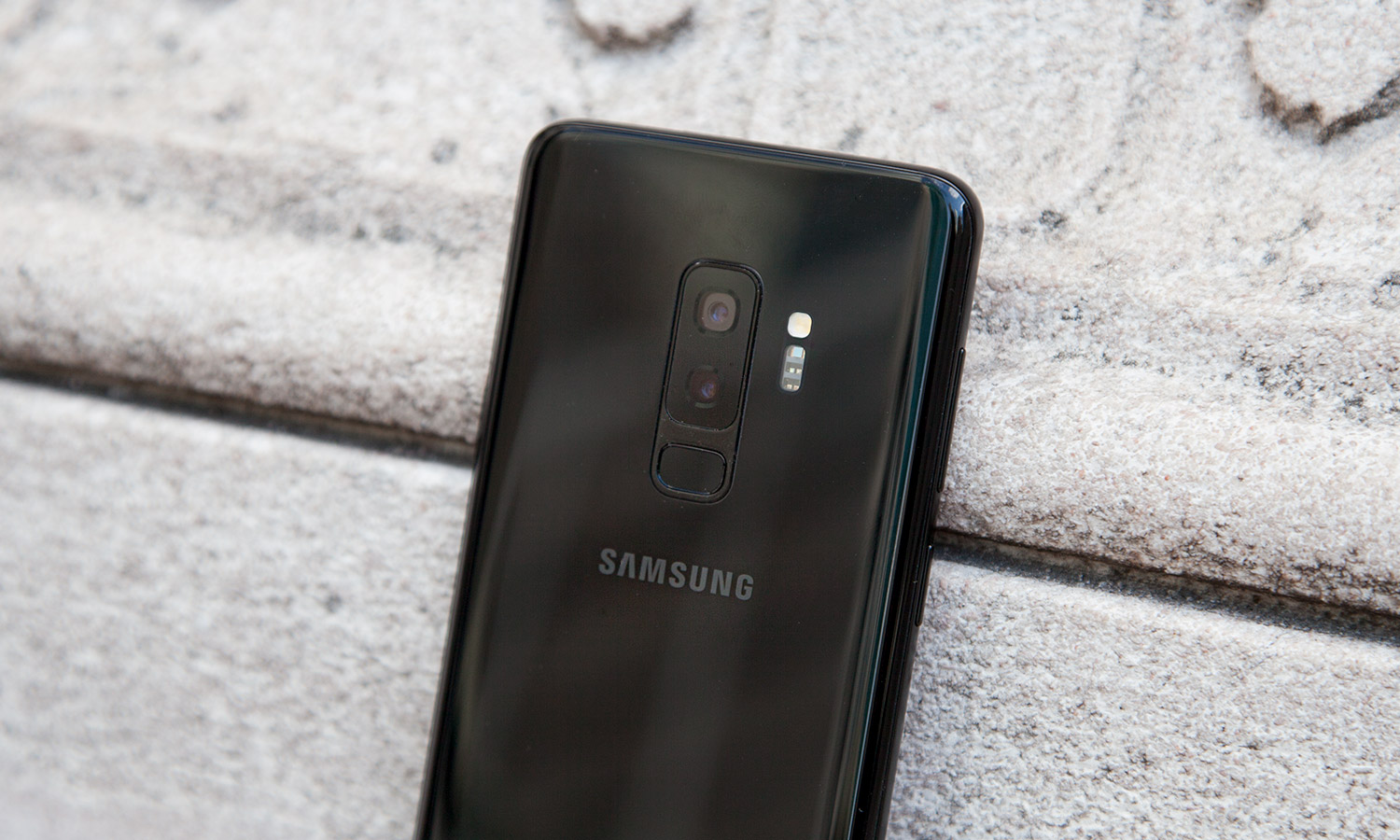
However, Samsung looks to be following Apple's playbook by cleverly nixing a few choice features from the S10 repertoire in the S10E. Key among them is the company's new ultrasonic in-display fingerprint sensor technology, which by all indications will be included in the S10 and S10+, yet miss the cheaper model. Ditto for the triple-camera setup on the rear, as the S10E is rumored to employ just two lenses. And Samsung might save costs by opting for a flat design for the display, rather than an Infinity-edge-style sloping panel.
If those are all the compromises the S10E makes to stay under $750, there won't be much to complain about. But execution will ultimately make all the difference in the world. Samsung can't afford to saddle the S10E with lower-quality image sensors — its photography reputation is on the line, after all. And if the S10E forgoes in-display fingerprints for a side-mounted scanner in the power button, it will still need to be easy to access.
Don't Skimp On the Battery
Pop quiz: Which of Apple's latest iPhones lasts the longest on a charge? Common sense would lead you to think it's the iPhone XS Max, with its range-topping 3,174-mAh battery. But not so fast.
As it turns out, the iPhone XR actually bested the XS Max by about an hour in our battery tests, running out of juice after 11 hours and 26 minutes, compared with 10 hours and 38 minutes for the XS Max. And the XR accomplished this with a battery more than 200mAh smaller than the XS Max's.
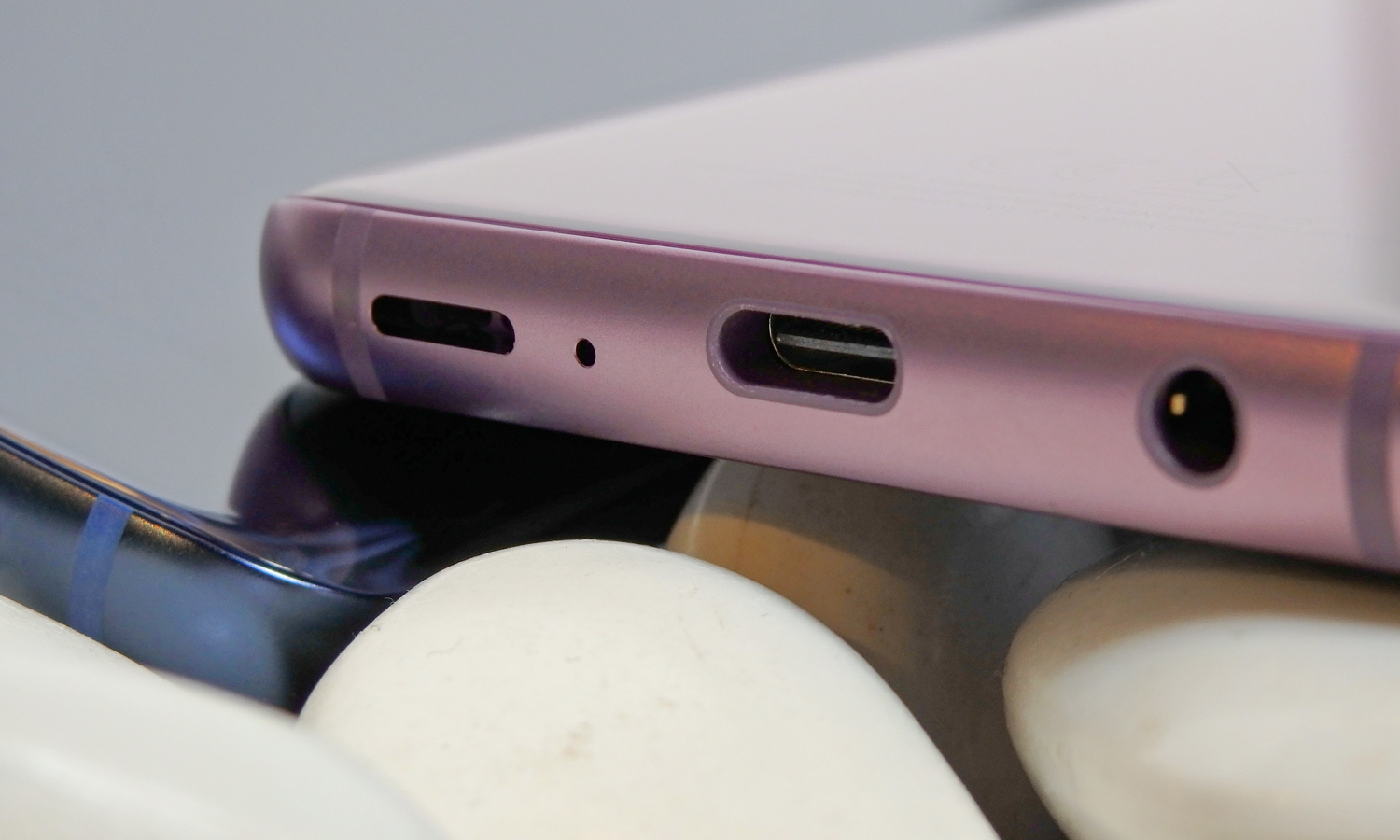
How did Apple pull off such a feat? Yes, part of it is down to the size of the XR's display, which is smaller by about four-tenths of an inch. But the real secret is in the device's Liquid Retina LCD panel, which draws less energy than the higher-resolution OLED screens in the XS and XS Max.
And therein lies Samsung's dilemma. Based on the rumored specs, the 5.8-inch Galaxy S10E will have the smallest battery of the bunch, at around 3,100mAh, compared with the 3,500-mAh and 4,000-mAh power packs that have been linked to the 6.1-inch S10 and 6.4-inch S10+.
"But wait," you might say. "The S10E's screen will be smaller." That’s true, but it'll still likely be AMOLED, which presents a unique challenge for battery life. While OLED technology can be more efficient than LCD when displaying dark or pitch-black content, it expends comparatively more energy with bright or saturated colors. In fact, that's part of the reason dark UI modes are all the rage these days.
Buyers who spend less on their phones may be willing to put up with a few sacrifices, but battery life is non-negotiable.
The upshot of all of this is that Samsung is going to have to be clever about how it manages the S10E's relatively undersized battery. Buyers who spend less on their phones may be willing to put up with the lack of an in-screen fingerprint sensor or not getting an extra camera on the back, but longevity on a charge is non-negotiable.
Fortunately, there's hope for the S10E yet. The Galaxy S9, which also had a 5.8-inch, 1440p AMOLED display, lasted an impressive 10 hours and 52 minutes when we tested it last year — and that phone makes do with just a 3,000-mAh battery. Hopefully, Samsung can work similar magic with the cheapest of this year's Galaxy S offerings.
Get Colorful
There's a precedent dating all the way back to Apple's iPhone 5c for less-expensive flagship phones that are a bit more fun and vivacious than their more serious, premium counterparts.

We saw it play out again with the iPhone XR, and we're wondering if Samsung will go the same route with the S10E. DJ Koh, chief of Samsung’s mobile division, already told us to expect "amazing" colors from the S10 family.
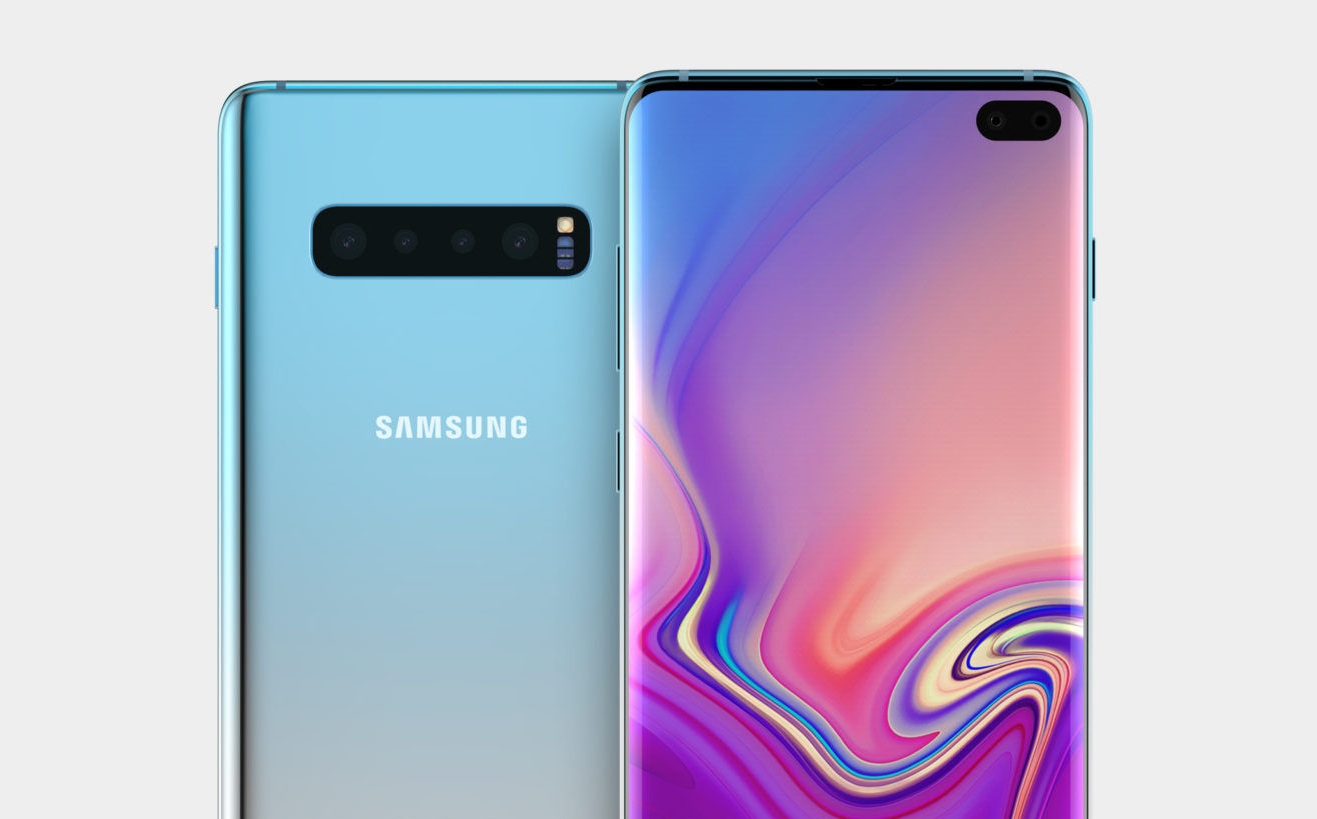
We hope that means Samsung's got more in the tank beyond the rather unimaginative Coral Blue and Lilac Purple shades the Galaxy S9 came in. Some renders of the S10+ have shown a stunning blue-and-white gradient, and that looks like a fantastic start. But the S10E especially could benefit from more lighthearted hues — like sunny and bold canary yellow, for example.
Historically, Samsung has a tendency to play it safe, often leaning on inoffensively cool and neutral flavors. But it'd be great to see the firm step outside its comfort zone a bit, especially now that its new Android graphical interface, One UI, offers software themes designed to complement the color of a device's exterior.
Outlook
The Galaxy S10E represents uncharted waters for Samsung. This is the company's first honest attempt at moving its best-selling flagship phones upmarket, while opening up a space at the bottom of the range for something a little different.
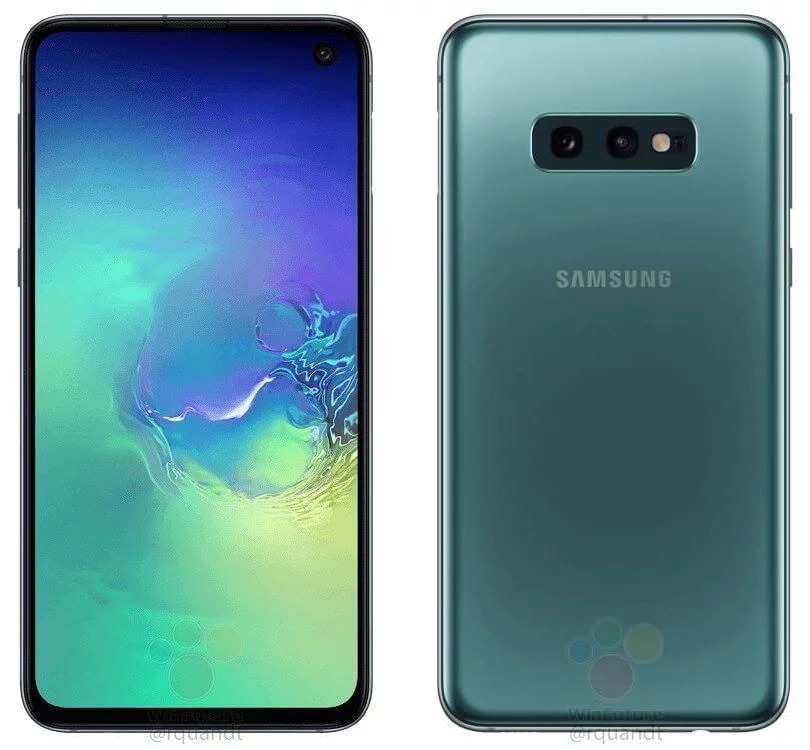
Apple's been there before, and while we don't completely love the iPhone XR's thicker bezels, not-even Full-HD display and polarizing Crayola-inspired colors, the company has certainly executed a formula for an entry-level premium handset that has succeeded in an era where people are buying fewer smartphones.
Samsung would be wise to follow that formula. And if the South Korean tech giant can execute all of our wishes here, Apple could very well enter fall 2019 with the tables turned, and the iPhone XR seriously given a run for its money. We'll know for sure in less than two weeks — the Galaxy S10 reveal is scheduled for Feb. 20.
Sign up to get the BEST of Tom's Guide direct to your inbox.
Get instant access to breaking news, the hottest reviews, great deals and helpful tips.
Adam Ismail is a staff writer at Jalopnik and previously worked on Tom's Guide covering smartphones, car tech and gaming. His love for all things mobile began with the original Motorola Droid; since then he’s owned a variety of Android and iOS-powered handsets, refusing to stay loyal to one platform. His work has also appeared on Digital Trends and GTPlanet. When he’s not fiddling with the latest devices, he’s at an indie pop show, recording a podcast or playing Sega Dreamcast.
